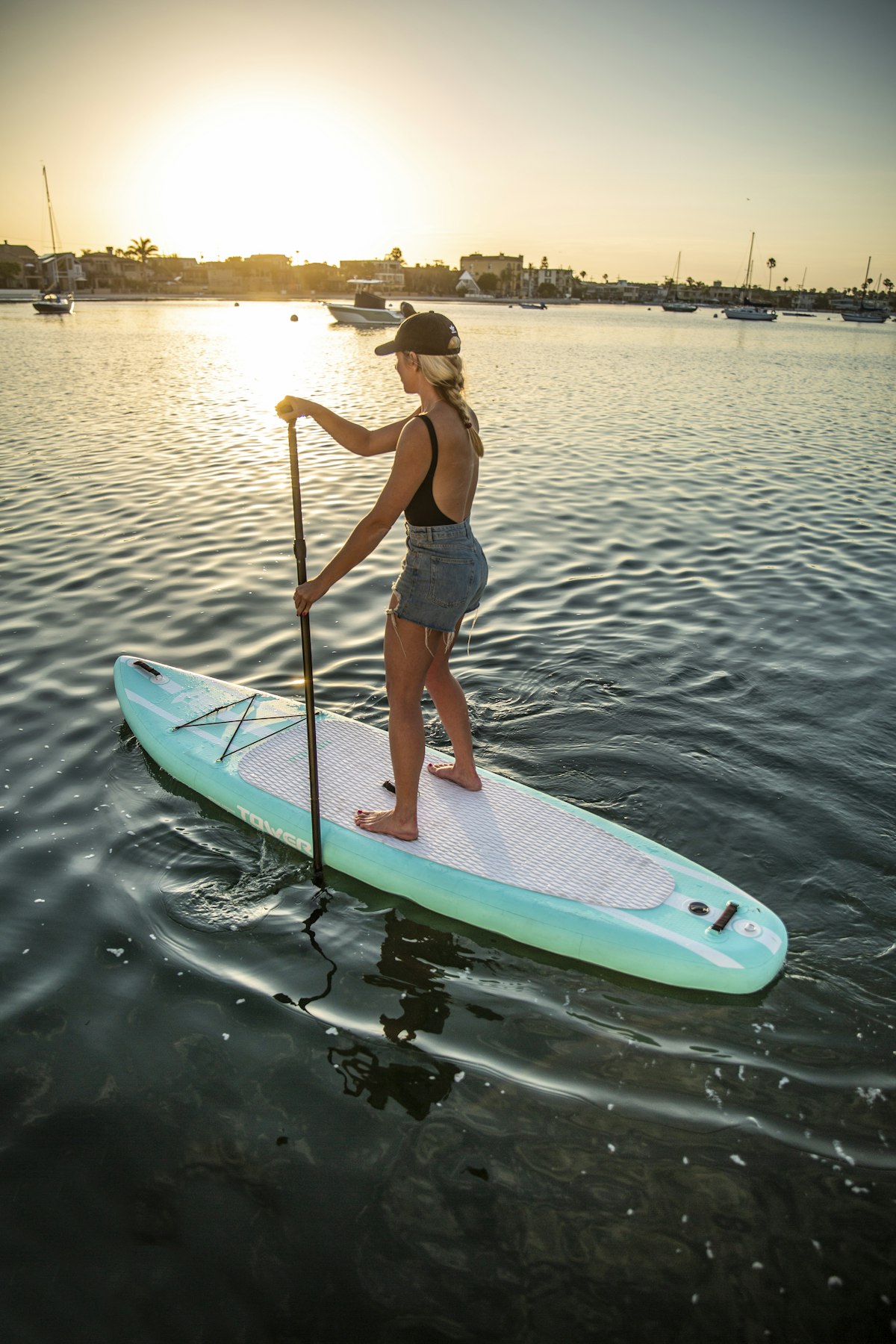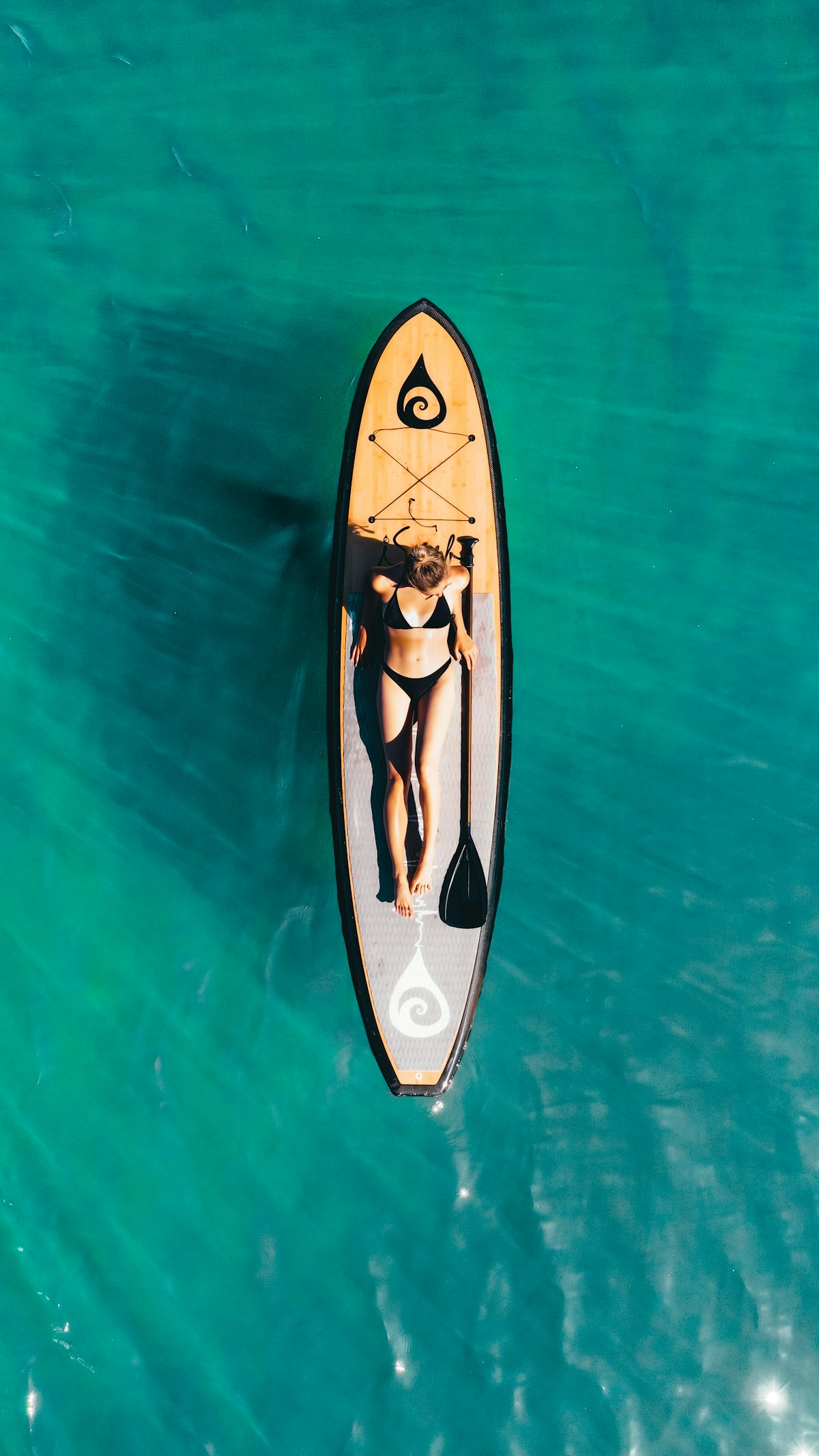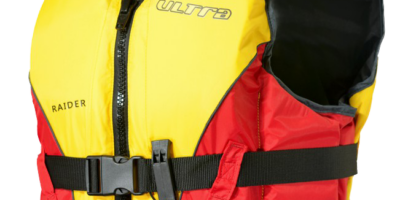
Stand-up paddleboarding (SUP) has seen a massive surge in popularity as a peaceful yet engaging way to explore waterways, from serene lakes to gentle coastal waters. As enthusiasts seek to extend their experiences on the water, one intriguing question arises: Can you sleep on a SUP? This article delves into the feasibility, safety considerations, and tips for those adventurous enough to consider spending the night atop their paddleboard.
**The Concept of Sleeping on a SUP**
At first glance, the idea of sleeping on a SUP might seem far-fetched. SUPs are designed primarily for daytime activities such as paddling, yoga, and fishing. However, their stable design and the serene nature of many paddling environments also lend the possibility of using them as a floating bed for short naps or overnight adventures. The key lies in preparation and understanding the limitations of your equipment and environment.
**Safety Considerations**
Safety is paramount when considering sleeping on a SUP. Water environments are inherently risky, and sleeping on a paddleboard introduces unique challenges:
1. **Personal Flotation Devices (PFDs):** Always wear a PFD or have it easily accessible. Even if you are a strong swimmer, unexpected falls into the water can be disorienting, especially at night.
2. **Tethering:** Use a leash to tether yourself to your board to prevent separation, should you accidentally roll off in your sleep.
3. **Weather and Water Conditions:** Check weather forecasts and water conditions before deciding to sleep on your SUP. Avoid windy conditions and strong currents, which can lead to dangerous situations overnight.
4. **Visibility:** Ensure you are visible to other water users. This can be achieved by using reflective materials or small lights, especially in areas frequented by boats.
**Practical Tips for Sleeping on a SUP**
If you decide to undertake this adventure, preparation is crucial:
1. **Choose the Right Board:** Larger, wider boards offer more stability and space. Touring and flat-water boards are typically better suited for sleeping than narrow racing boards.
2. **Sleeping Arrangements:** Consider a small, lightweight camping pad or inflatable mattress to increase comfort and insulation from the cold water below. A sleeping bag appropriate for the climate will also be necessary.
3. **Anchoring:** To prevent drifting, use a lightweight anchor or tether your board to a fixed object, if possible. Be mindful of tides and water levels that might change overnight.
4. **Keep Gear Dry:** Use waterproof bags to keep your belongings, especially electronics and clothing, dry throughout the night.
5. **Stay Near the Shore:** For safety, try to stay close to the shoreline and avoid sleeping on your SUP in deep waters where you are more exposed to risks.
**Experiences and Testimonials**
Many paddleboarders who have tried sleeping on their SUP report a unique and memorable experience, often highlighting the tranquility of being on the water under the stars. However, even experienced paddlers caution that this should not be taken lightly and recommend starting with shorter naps during the day to get used to the sensation and inherent instability of the board.
**Conclusion**
Sleeping on a SUP can be a feasible and exhilarating experience for those looking for a unique way to connect with nature. However, it requires careful consideration of safety, appropriate gear, and a respect for the water environment. As with any adventurous activity, it’s best to start small, stay informed, and always prioritize your safety over the novelty of the experience. For paddleboard enthusiasts looking to push the boundaries of their adventures, sleeping on a SUP offers a blend of thrill and tranquility, provided it is approached with the right mindset and preparations.
Recommended SUP Gear
GYMMALL Inflatable Paddle Board
Complete SUP package for all skill levels.
FunWater Inflatable SUP
Ultra-light board with all accessories included.
As an Amazon Associate, we earn from qualifying purchases.





Leave a Reply